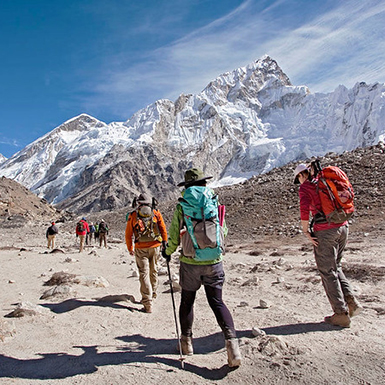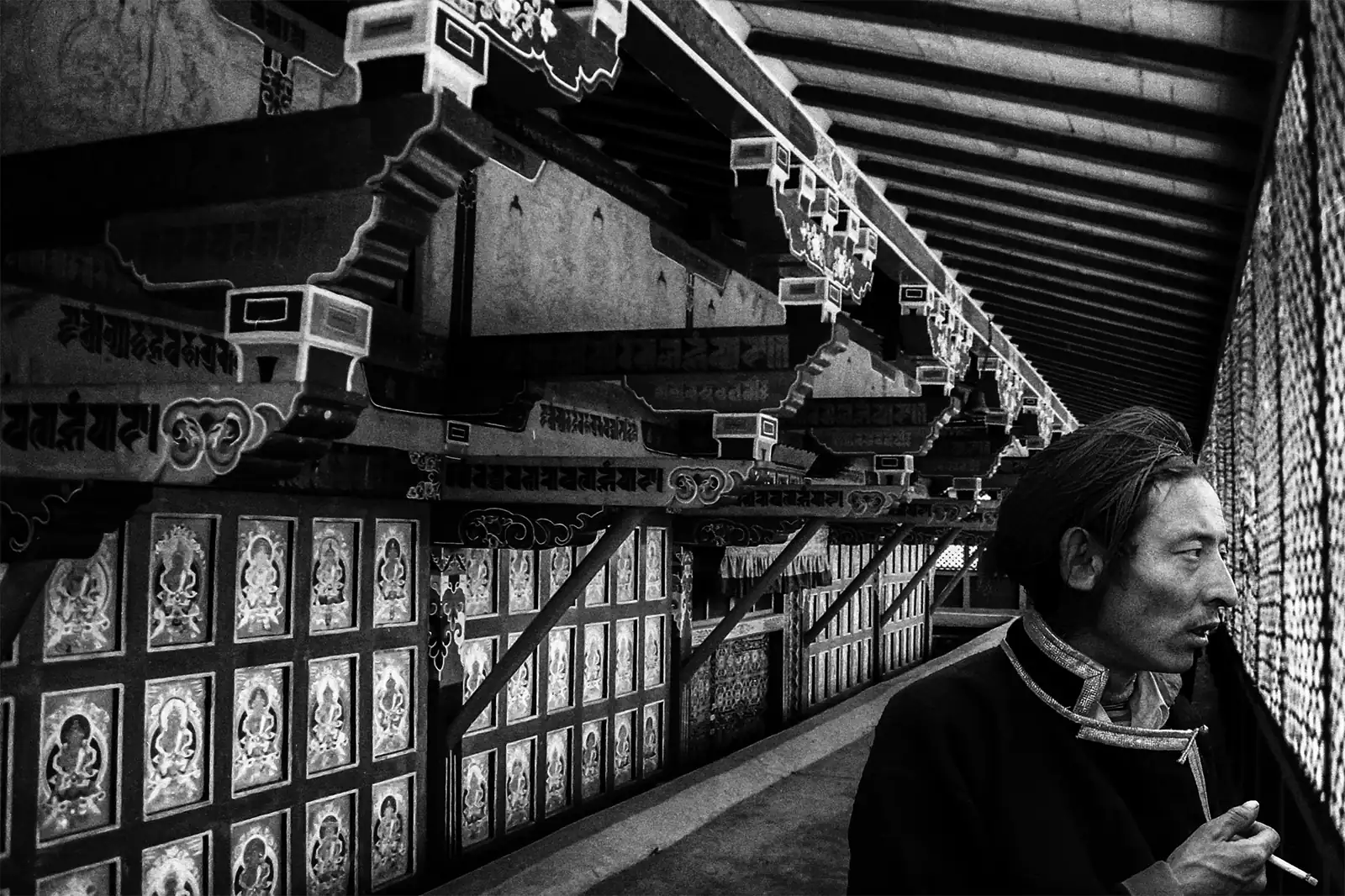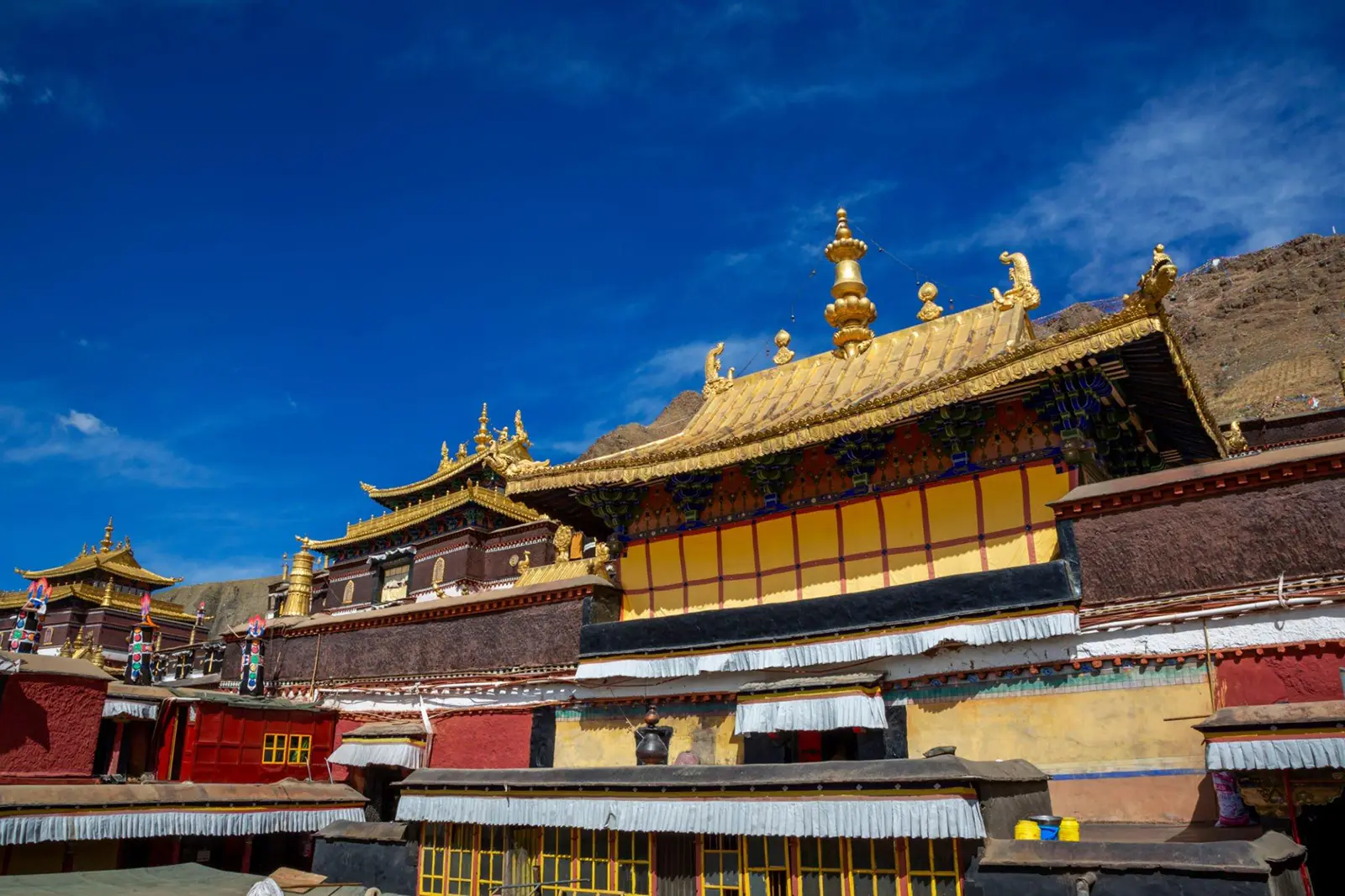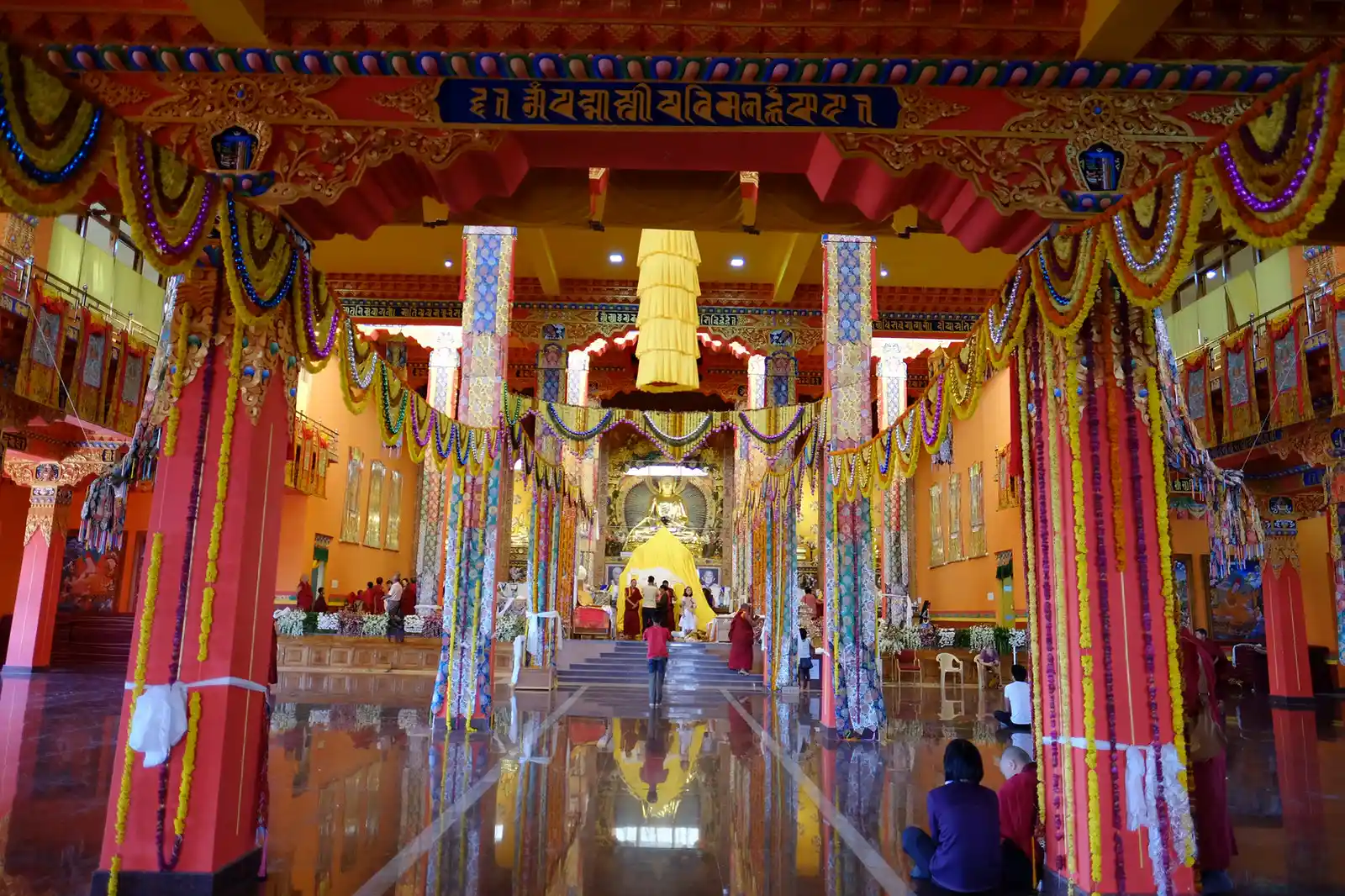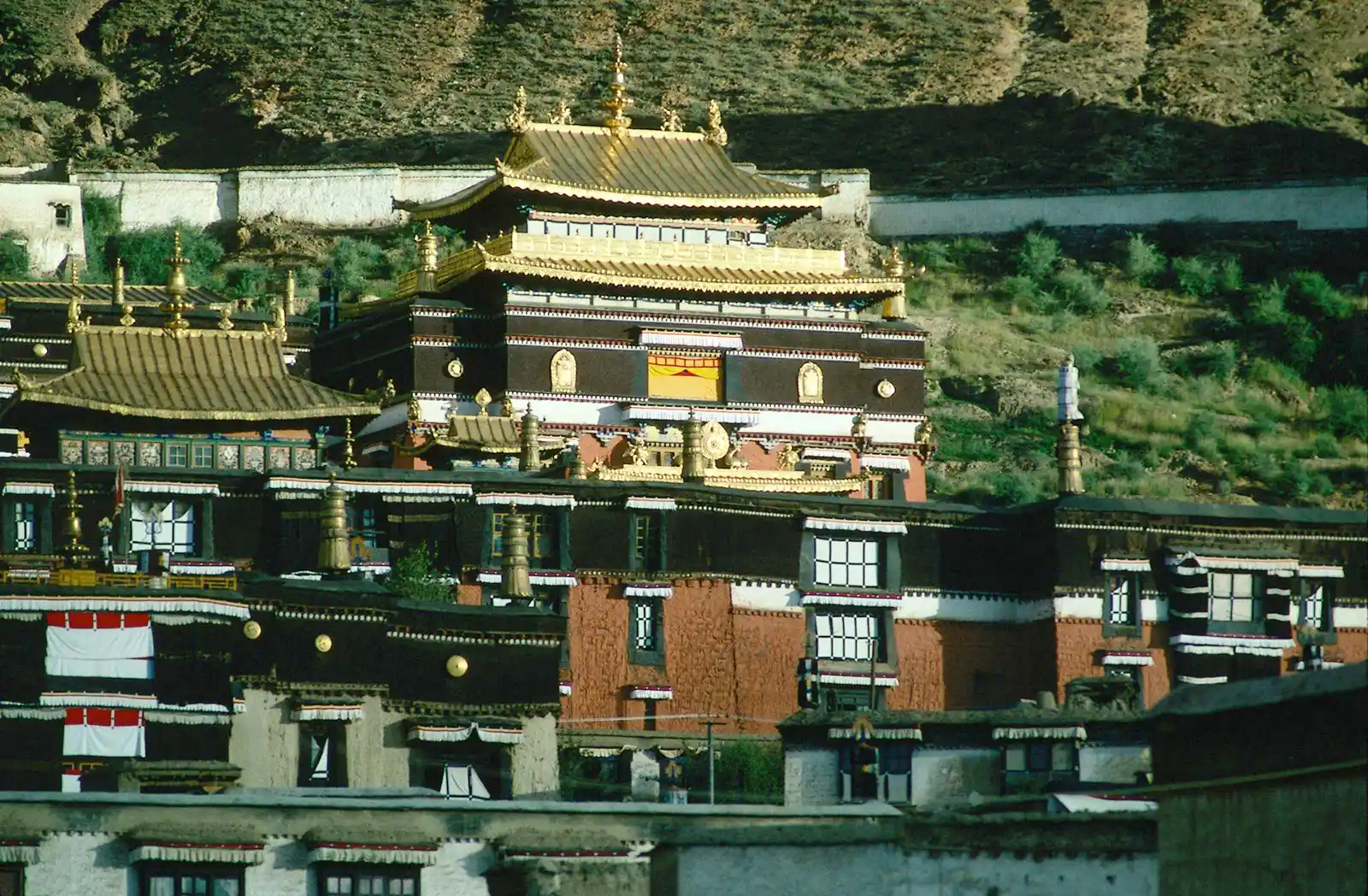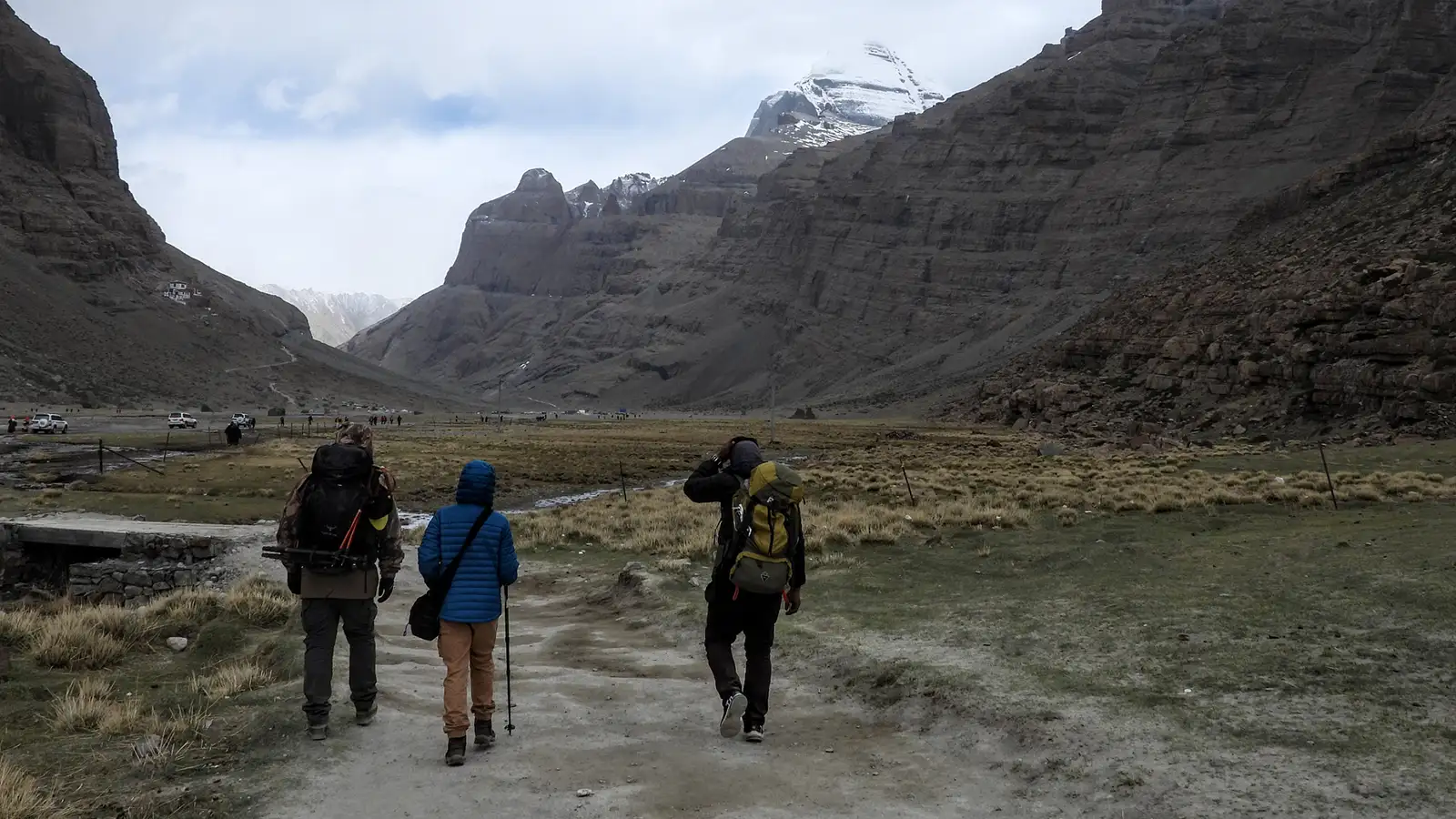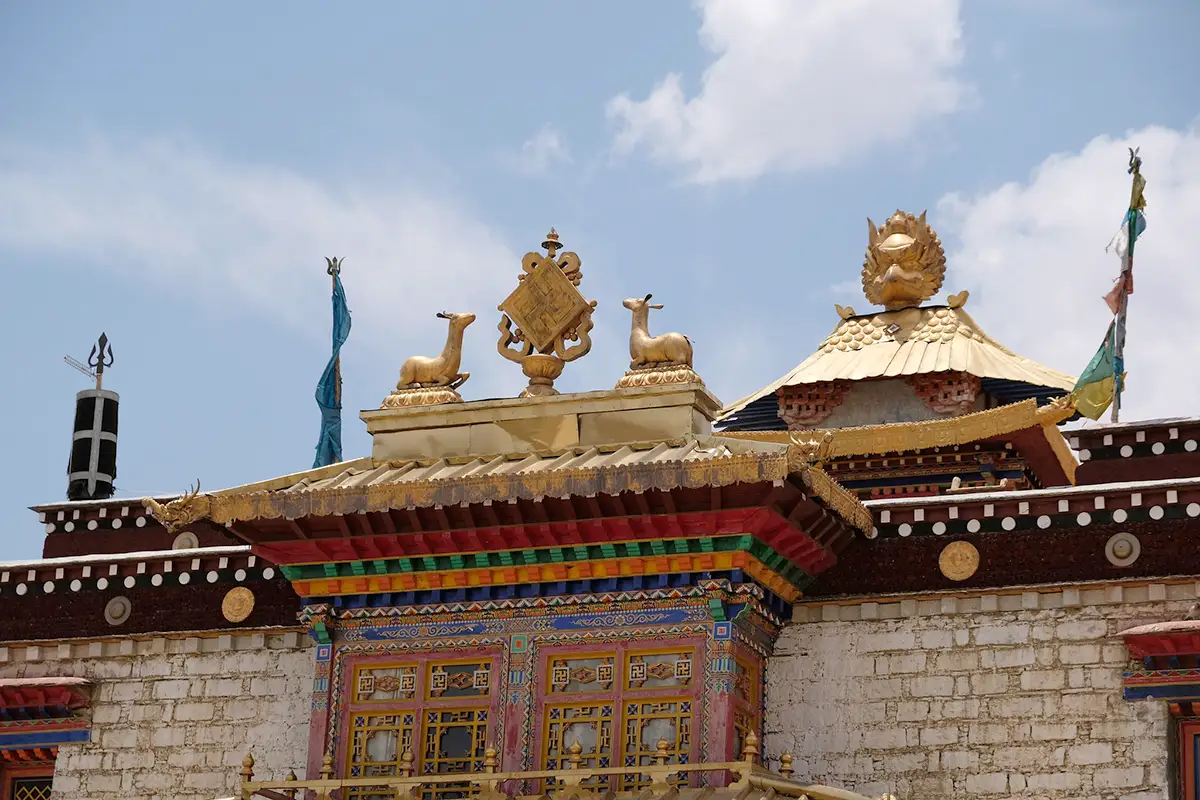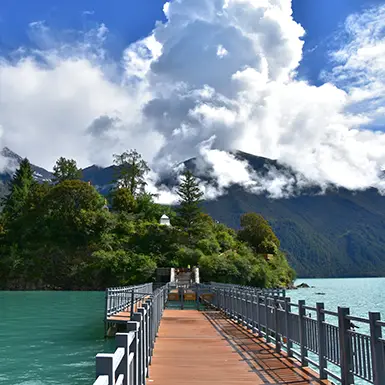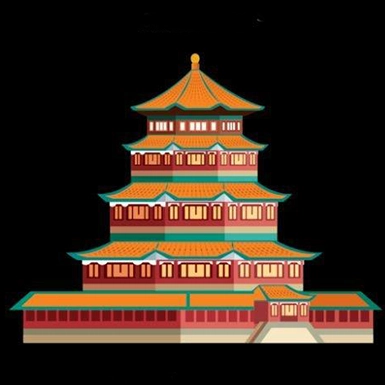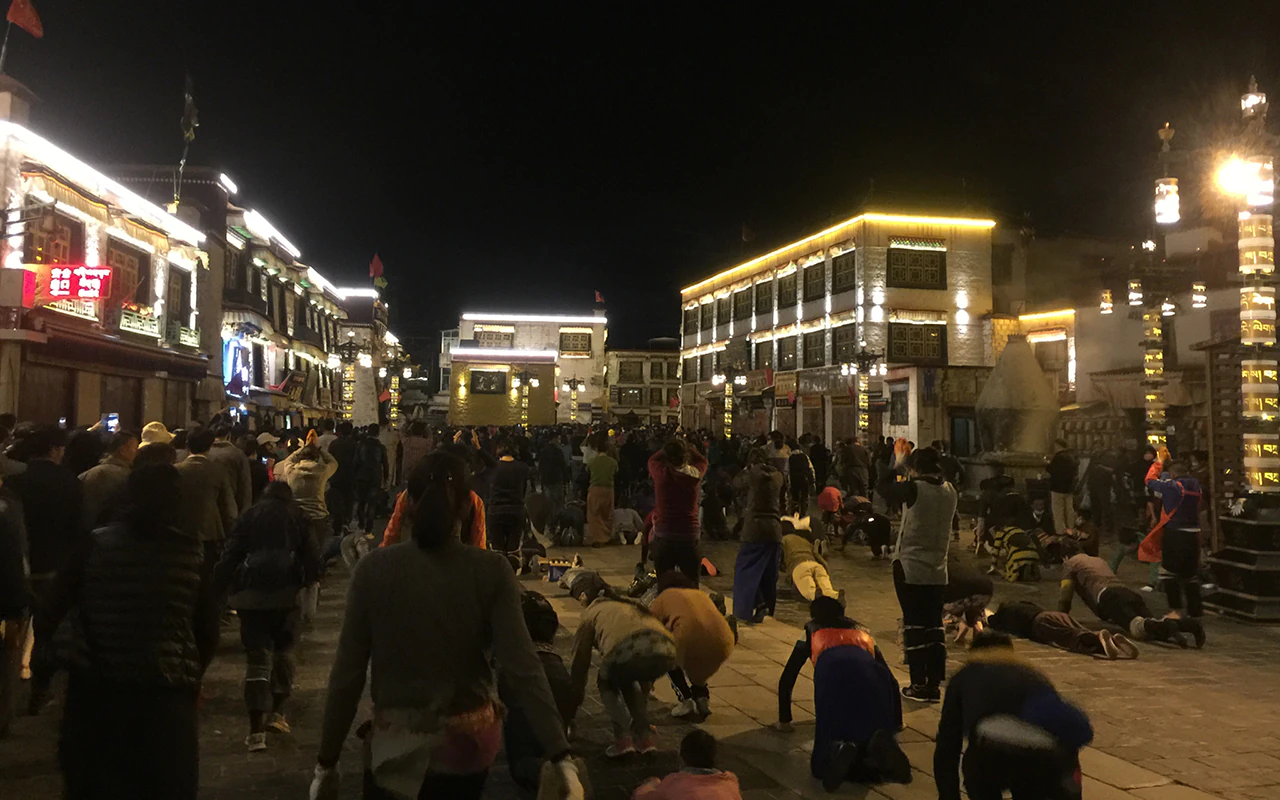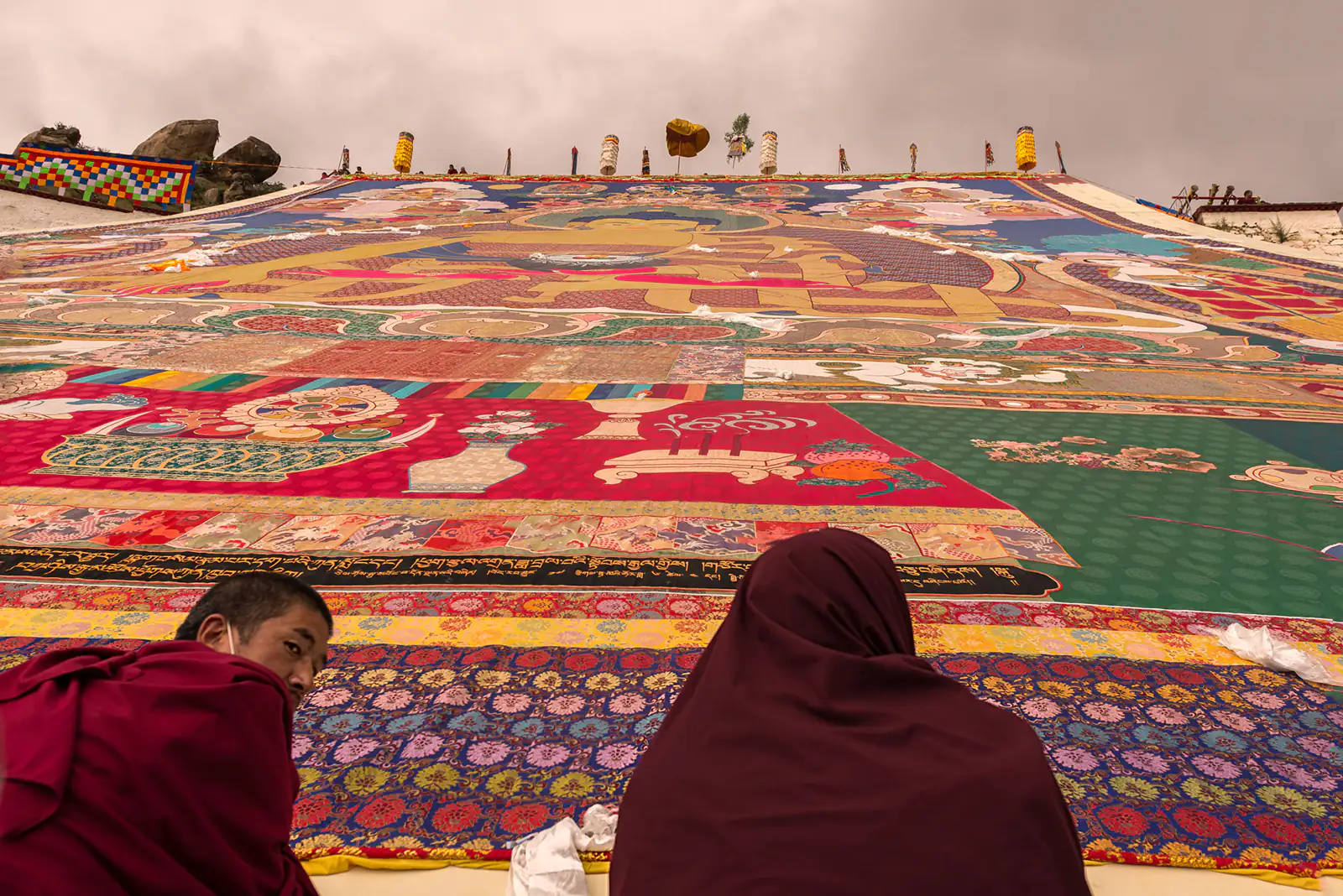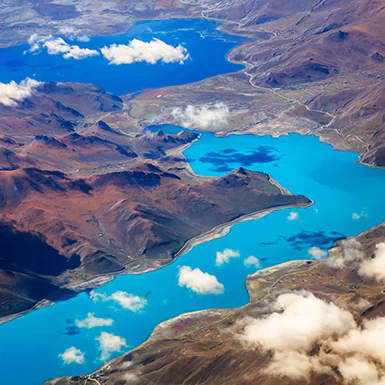16. Head up to Kala Patthar for sunrise
You need to wake up early for the sunrise view from Kala Patthar. This is the highest point of your entire Everest Base Camp Trek at 5545 meters. From this point, you can see Mount Everest, Khumbu Glacier, and dozens of other Himalayas.
17. There is no rush
Hike slowly from Namche, enjoy nature, take photographs, chat with your friends and relatives, and describe your trekking experience. Stop in the teahouses for snacks and tea, drink plenty of water, and have a positive attitude towards hiking; this supports proper acclimatization. High altitude may affect you if rushed, and your Everest Base Camp Trek may cancel. If you have limited time, you can down quickly, as well as you can take a helicopter to return from trekking.
18. Keep on the mountainside; mainly where yaks and mules are involved
The trekking trail is vast, but if you find a group of mules and yaks, you must keep on the mountainside for your safety.
19. Look forward to the fantastic suspension bridges
Suspension or hanging bridges are solid and steady. You need not be nervous because of the suspension bridge. Before crossing the bridges, be sure whether or not heavily loaded porters are coming from your opponent. Stay some time on the edge of the bridge if there are wide-loaded porters. You can enjoy the prayer flags and Khadas threaded up along the bridge.
20. Be sensitive to altitude sickness symptoms
Altitude sickness is a common problem during hiking in the mountains. Usually, this problem arises on hikes of over 3500 meters. The highest elevation of the Everest Base Camp Trek is 5545 meters, so there are high chances of altitude sickness problems because of carelessness. The primary symptoms are a headache, often with loss of appetite, nausea, vomiting, tiredness, disturbed sleep, dizziness, etc. You need to consult your guide if your body shows these signs. Drinking plenty of water and garlic soup and using Diamox may reduce this sickness problem; descending is the best option for treatment.
21. The accommodation is basic but comfy
Accommodation during Everest Base Camp Trekking is essential, but all are comfortable. There are a few luxurious trekking lodges, but they are expensive. You must book Luxury Everest Base Camp Trek Package to stay in that lodge. The typical lodge has a warm eating area, good Western and Nepali food, and a comfortable bedroom. Lodge provides pillows and blankets, but taking sleeping bags is highly recommended.
22. Food and drink options
There are enough lodges along the trekking trail; you need not worry about the food and drinks. You can get Nepali and Western food in significant lodges. In peak trekking season, lodges may not be readily available because of many tourists. But we will manage and pre-book the lodges for you. Alcoholic drinks are not recommended during trekking because of the high altitude.
23. Everything gets more expensive the higher up you go
There is no road access in that area. Foods with all other things must carry by porters, mules, yaks, and helicopters. Because of the transportation cost, most goods are expensive in the higher area.
24. You can tap into wifi if you need to
We will provide one Nepali sim card; you must top up the balance. In significant places, mobile data will work. Mobile data is not reliable and slow. You can take wifi passwords on pay by the hotels and restaurants.
25. Keep your batteries in your sleeping bag overnight
Put all your accessories, clothes, and other things into your bag at night. Put batteries in your sleeping bag because cold may damage your battery life. These 25 points cover most of the necessary information about Everest Base Camp Trek, but if you want more information, please mail us at [email protected] or directly call on +9779851052413. We are available 24/7 to provide information to you. Also, you can contact us for trekking, tour, peak climbing, expedition, and jungle safari in Nepal, Bhutan, and Tibet.
